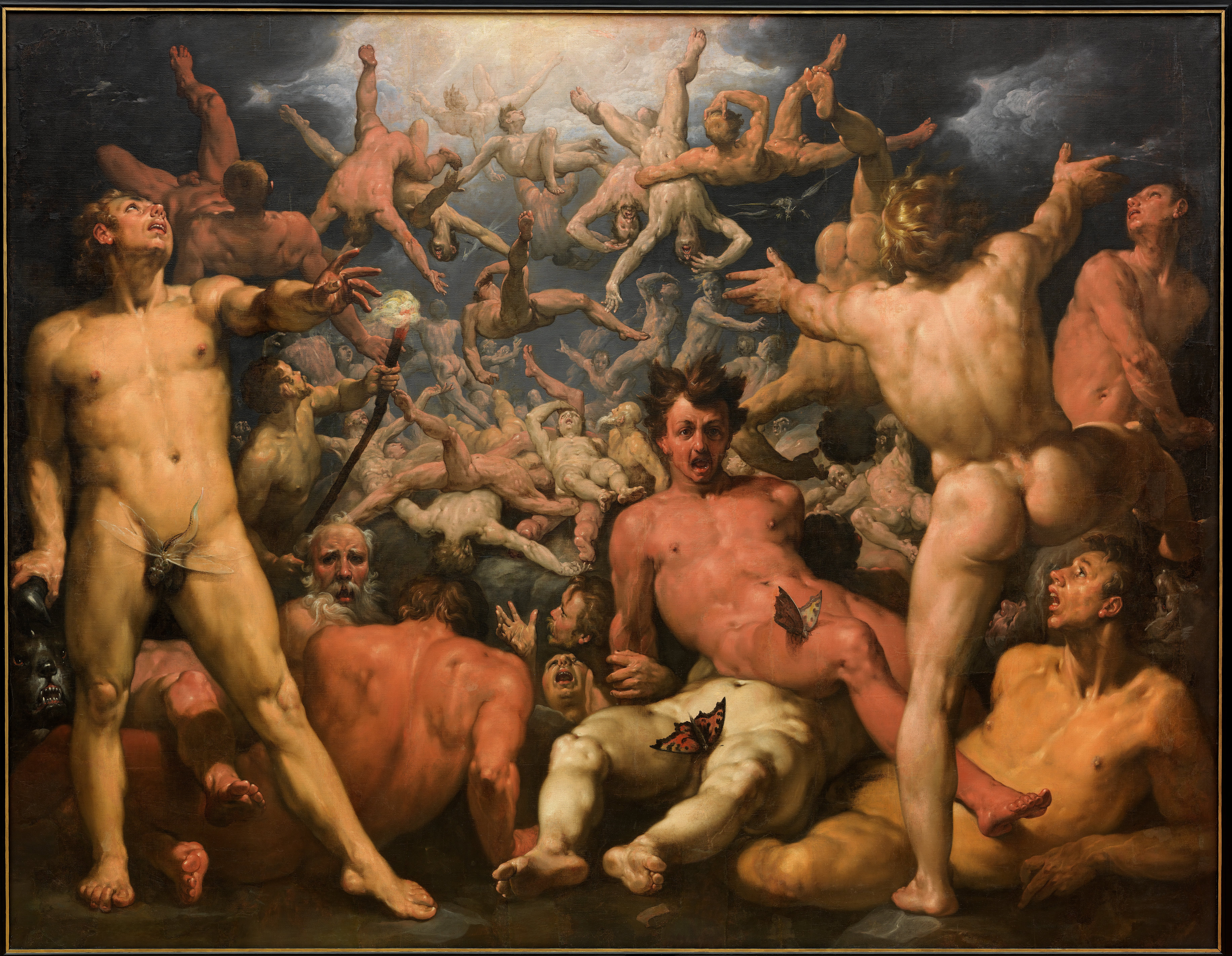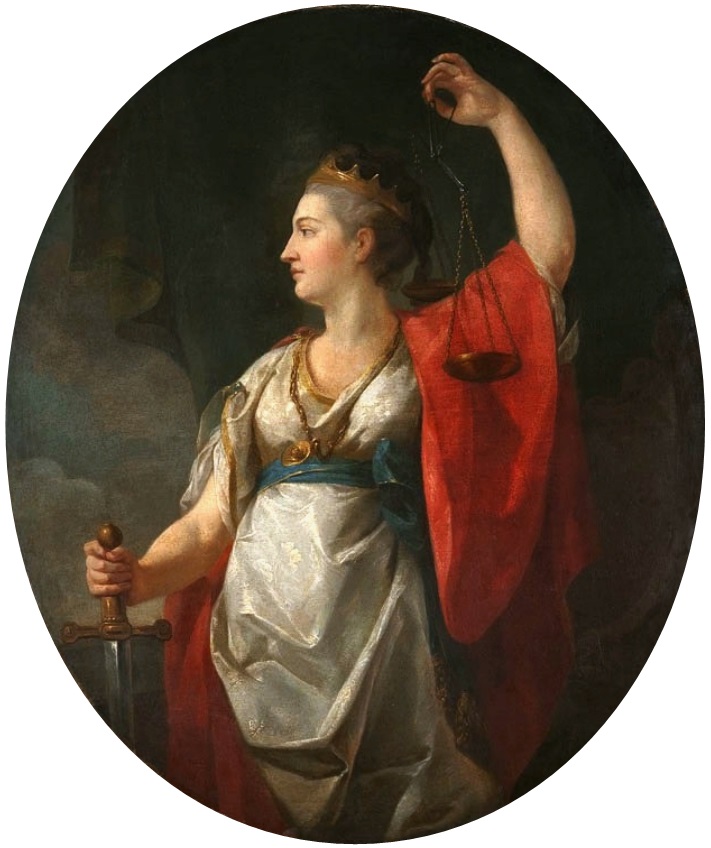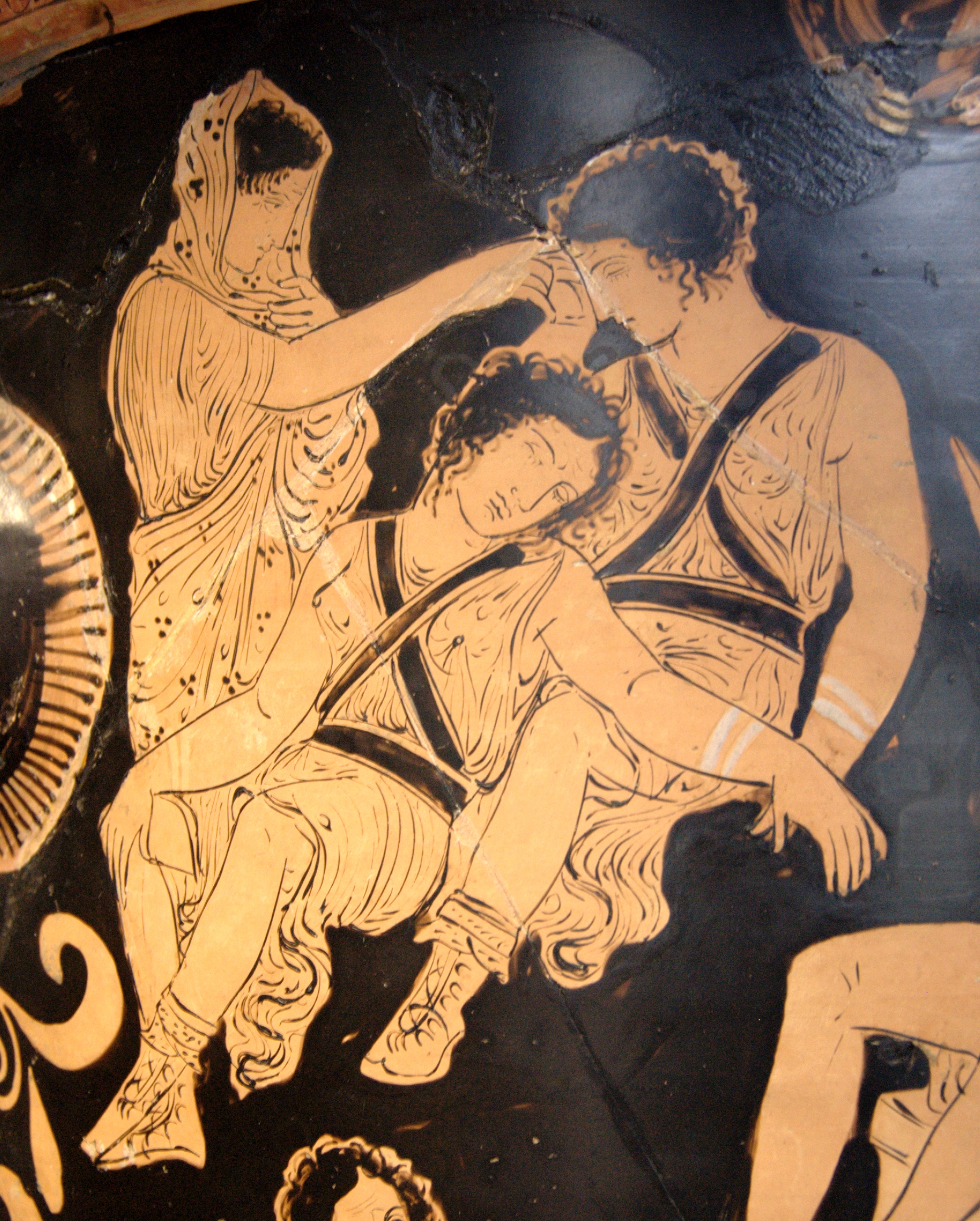|
Theia (other)
Theia (; , also rendered Thea or Thia), also called Euryphaessa (, "wide-shining"), is one of the twelve Titans, the children of the earth goddess Gaia and the sky god Uranus in Greek mythology. She is the Greek goddess of sight and vision, and by extension the goddess who endowed gold, silver, and gems with their brilliance and intrinsic value. Her brother-consort is Hyperion, a Titan and god of the sun, and together they are the parents of Helios (the Sun), Selene (the Moon), and Eos (the Dawn). She seems to be the same figure as Aethra, who is the consort of Hyperion and mother of his children in some accounts. Like her husband, Theia features scarcely in myth, being mostly important for the children she bore, though she appears in some texts and rare traditions. Etymology The name ''Theia'' alone means simply "goddess" or "divine"; ''Theia Euryphaessa'' () brings overtones of extent (, ''eurys'', "wide", root: ) and brightness (, ''phaos'', "light", root: φαεσ-). ... [...More Info...] [...Related Items...] OR: [Wikipedia] [Google] [Baidu] |
Titans
In Greek mythology, the Titans ( ; ) were the pre-Twelve Olympians, Olympian gods. According to the ''Theogony'' of Hesiod, they were the twelve children of the primordial parents Uranus (mythology), Uranus (Sky) and Gaia (Earth). The six male Titans were Oceanus, Coeus, Crius, Hyperion (Titan), Hyperion, Iapetus, and Cronus; the six female Titans—called the Titanides () or Titanesses—were Theia, Rhea (mythology), Rhea, Themis, Mnemosyne, Phoebe (Titaness), Phoebe, and Tethys (mythology), Tethys. After Cronus mated with his older sister Rhea, she bore the first generation of Olympians: the six siblings Zeus, Hades, Poseidon, Hestia, Demeter, and Hera. Certain other descendants of the Titans, such as Prometheus, Atlas (mythology), Atlas, Helios, and Leto, are sometimes also called Titans. The Titans were the former gods: the generation of gods preceding the Twelve Olympians#Olympians, Olympians. They were overthrown as part of the Greek succession myth, which tells how Cron ... [...More Info...] [...Related Items...] OR: [Wikipedia] [Google] [Baidu] |
Themis
In Greek mythology and religion, Themis (; ) is the goddess and personification of justice, divine order, law, and custom. She is one of the twelve Titan children of Gaia and Uranus, and the second wife of Zeus. She is associated with oracles and prophecies, including the Oracle of Delphi. Name ''Themis'' means "divine law" rather than human ordinance, literally "that which is put in place", from the Greek verb ''títhēmi'' ( τίθημι), meaning "to put." To the ancient Greeks she was originally the organizer of the "communal affairs of humans, particularly assemblies." Moses Finley remarked of ''themis'', as the word was used by Homer in the 8th century BCE, to evoke the social order of the 10th- and 9th-century Greek Dark Ages: Finley adds, "There was ''themis''—custom, tradition, folk-ways, ''mores'', whatever we may call it, the enormous power of 'it is (or is not) done'." In the ''Hymn to Apollo'', Themis is referred to as " Ichnaea", meaning "Tracker". Descr ... [...More Info...] [...Related Items...] OR: [Wikipedia] [Google] [Baidu] |
Gold
Gold is a chemical element; it has chemical symbol Au (from Latin ) and atomic number 79. In its pure form, it is a brightness, bright, slightly orange-yellow, dense, soft, malleable, and ductile metal. Chemically, gold is a transition metal, a group 11 element, and one of the noble metals. It is one of the least reactivity (chemistry), reactive chemical elements, being the second-lowest in the reactivity series. It is solid under standard temperature and pressure, standard conditions. Gold often occurs in free elemental (native state (metallurgy), native state), as gold nugget, nuggets or grains, in rock (geology), rocks, vein (geology), veins, and alluvial deposits. It occurs in a solid solution series with the native element silver (as in electrum), naturally alloyed with other metals like copper and palladium, and mineral inclusions such as within pyrite. Less commonly, it occurs in minerals as gold compounds, often with tellurium (gold tellurides). Gold is resistant to ... [...More Info...] [...Related Items...] OR: [Wikipedia] [Google] [Baidu] |
List Of Greek Deities
In ancient Greece, deities were regarded as immortal, anthropomorphism, anthropomorphic, and powerful. They were conceived of as individual persons, rather than abstract concepts or notions, and were described as being similar to humans in appearance, albeit larger and more beautiful. The emotions and actions of deities were largely the same as those of humans; they frequently engaged in sexual activity, and were jealous and amoral. Deities were considered far more knowledgeable than humans, and it was believed that they conversed in a language of their own. Their immortality, the defining marker of their godhood, meant that they ceased aging after growing to a certain point. In place of blood, their veins flowed with ichor, a substance which was a product of their diet, and conferred upon them their immortality. Divine power allowed the gods to intervene in mortal affairs in various ways: they could cause natural events such as rain, wind, the growing of crops, or epidemics, and w ... [...More Info...] [...Related Items...] OR: [Wikipedia] [Google] [Baidu] |
Greek Mythology
Greek mythology is the body of myths originally told by the Ancient Greece, ancient Greeks, and a genre of ancient Greek folklore, today absorbed alongside Roman mythology into the broader designation of classical mythology. These stories concern the ancient Greek religion's view of the Cosmogony, origin and Cosmology#Metaphysical cosmology, nature of the world; the lives and activities of List of Greek deities, deities, Greek hero cult, heroes, and List of Greek mythological creatures, mythological creatures; and the origins and significance of the ancient Greeks' cult (religious practice), cult and ritual practices. Modern scholars study the myths to shed light on the religious and political institutions of ancient Greece, and to better understand the nature of mythmaking itself. The Greek myths were initially propagated in an oral tradition, oral-poetic tradition most likely by Minoan civilization, Minoan and Mycenaean Greece, Mycenaean singers starting in the 18th century&n ... [...More Info...] [...Related Items...] OR: [Wikipedia] [Google] [Baidu] |
Sky Deity
The sky often has important religious significance. Many polytheistic religions have deities associated with the sky. The daytime sky deities are typically distinct from the nighttime ones. Stith Thompson's ''Motif-Index of Folk-Literature'' reflects this by separating the category of "Sky-god" (A210) from that of "Star-god" (A250). In mythology, nighttime gods are usually known as night deities and gods of stars simply as star gods. Both of these categories are included here since they relate to the sky. Luminary deities are included as well since the sun and moon are located in the sky. Some religions may also have a deity or personification of the day, distinct from the god of the day lit sky, to complement the deity or personification of the night. Daytime gods and nighttime gods are frequently deities of an " upper world" or "celestial world" opposed to the earth and a " netherworld" (gods of the underworld are sometimes called "chthonic" deities). Within Greek mythology ... [...More Info...] [...Related Items...] OR: [Wikipedia] [Google] [Baidu] |
Earth Goddess
Earth is the third planet from the Sun and the only astronomical object known to Planetary habitability, harbor life. This is enabled by Earth being an ocean world, the only one in the Solar System sustaining liquid surface water. Almost all of Earth's water is contained in its global ocean, covering Water distribution on Earth, 70.8% of Earth's crust. The remaining 29.2% of Earth's crust is land, most of which is located in the form of continental landmasses within Earth's land hemisphere. Most of Earth's land is at least somewhat humid and covered by vegetation, while large Ice sheet, sheets of ice at Polar regions of Earth, Earth's polar polar desert, deserts retain more water than Earth's groundwater, lakes, rivers, and Water vapor#In Earth's atmosphere, atmospheric water combined. Earth's crust consists of slowly moving tectonic plates, which interact to produce mountain ranges, volcanoes, and earthquakes. Earth's outer core, Earth has a liquid outer core that generates a ... [...More Info...] [...Related Items...] OR: [Wikipedia] [Google] [Baidu] |
Selene
In ancient Greek mythology and Ancient Greek religion, religion, Selene (; , meaning "Moon")''A Greek–English Lexicon's.v. σελήνη is the goddess and personification of the Moon. Also known as Mene (), she is traditionally the daughter of the Titans Hyperion (Titan), Hyperion and Theia, and sister of the Solar deity, sun god Helios and the Dawn deities, dawn goddess Eos. She drives her moon chariot across the heavens. Several lovers are attributed to her in various myths, including Zeus, Pan (god), Pan, and the mortal Endymion (mythology), Endymion. In post-classical times, Selene was often identified with Artemis, much as her brother, Helios, was identified with Apollo. Selene and Artemis were also associated with Hecate and all three were regarded as lunar deity, moon and lunar goddesses, but only Selene was regarded as the personification of the Moon itself. Her equivalent in Roman religion and mythology is the goddess Luna (goddess), Luna. Etymology and origins ... [...More Info...] [...Related Items...] OR: [Wikipedia] [Google] [Baidu] |
Helios
In ancient Greek religion and Greek mythology, mythology, Helios (; ; Homeric Greek: ) is the god who personification, personifies the Sun. His name is also Latinized as Helius, and he is often given the epithets Hyperion ("the one above") and Phaethon ("the shining"). Helios is often depicted in art with a radiant crown and driving a horse-drawn chariot through the sky. He was a guardian of oaths and also the god of sight. Though Helios was a relatively minor deity in Classical Greece, his worship grew more prominent in late antiquity thanks to his identification with several major solar divinities of the Roman period, particularly Apollo and Sol (Roman mythology), Sol. The Roman Emperor Julian (emperor), Julian made Helios the central divinity of his short-lived revival of Religion in ancient Rome, traditional Roman religious practices in the 4th century AD. Helios figures prominently in several works of Greek mythology, poetry, and literature, in which he is often described ... [...More Info...] [...Related Items...] OR: [Wikipedia] [Google] [Baidu] |
Meliae
In Greek mythology, the Meliae (also called Meliads) (; or ) were usually considered to be the nymphs of the ash tree, whose name they shared. Mythology According to Hesiod, the Meliae (probably meaning all tree-nymphs) were born from the drops of blood that fell on Gaia arthwhen Cronus castrated Uranus. In Hesiod's ''Works and Days'', the ash trees, perhaps meaning the Melian nymphs, are said to have been the progenitors of the generation of men belonging to Hesiod's Bronze Age. The Meliae were nurses of the infant Zeus in the Cretan Dikti mountains, according to the 3rd century BC poet Callimachus, ''Hymn to Zeus'', where they fed him on the milk of the goat Amalthea and honey. Callimachus appears to make the Theban nymph Melia, who was, by Apollo, the mother of Tenerus and Ismenus, one of the "earth-born" Meliae. Elsewhere, however, this Melia is an Oceanid, one of the many daughters of Oceanus and Tethys. The mythographer Apollodorus wrote that centaur Pholu ... [...More Info...] [...Related Items...] OR: [Wikipedia] [Google] [Baidu] |
Erinyes
The Erinyes ( ; , ), also known as the Eumenides (, the "Gracious ones"), are chthonic goddesses of vengeance in ancient Greek religion and mythology. A formulaic oath in the ''Iliad'' invokes them as "the Erinyes, that under earth take vengeance on men, whosoever hath sworn a false oath". Walter Burkert suggests that they are "an embodiment of the act of self-cursing contained in the oath". Their Roman counterparts are the Furies, also known as the Dirae. The Roman writer Maurus Servius Honoratus ( AD) wrote that they are called "Eumenides" in hell, "Furiae" on Earth, and "Dirae" in heaven. Erinyes are akin to some other Greek deities, called Poenai. According to Hesiod's '' Theogony'', when the Titan Cronus castrated his father, Uranus, and threw his genitalia into the sea, the Erinyes (along with the Giants and the Meliae) emerged from the drops of blood which fell on the Earth ( Gaia), while Aphrodite was born from the crests of sea foam. Apollodorus also re ... [...More Info...] [...Related Items...] OR: [Wikipedia] [Google] [Baidu] |
Gigantes
In Greek mythology, Greek and Roman mythology, the Giants, also called Gigantes (Ancient Greek, Greek: Γίγαντες, ''wiktionary:gigantes, Gígantes'', Γίγας, ''wiktionary:gigas, Gígas''), were a race of great strength and aggression, though not necessarily of great size. They were known for the Gigantomachy (also spelled Gigantomachia), their battle with the Olympian gods. According to Hesiod, the Giants were the offspring of Gaia (Earth), born from the blood that fell when Uranus (mythology), Uranus (Sky) was castrated by his Titan (mythology), Titan son Cronus. Archaic and Classical representations show Gigantes as man-sized hoplites (heavily armed ancient Greek foot soldiers) fully human in form. Later representations (after c. 380 BC) show Gigantes with Anguiped, snakes for legs. In later traditions, the Giants were often confused with other opponents of the Olympians, particularly the Titan (mythology), Titans, an earlier generation of large and powerful children ... [...More Info...] [...Related Items...] OR: [Wikipedia] [Google] [Baidu] |









